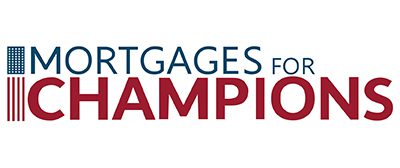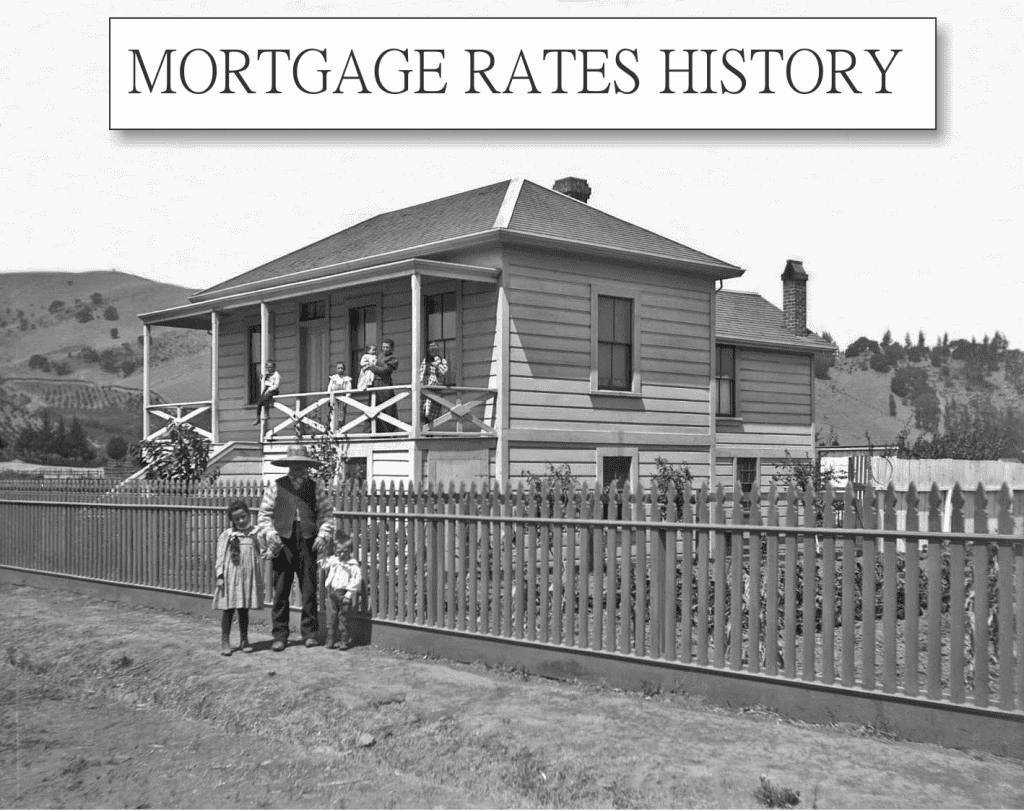We’ve been saying a lot that mortgage rates. You might think it’s a gimmick and we are pulling your arm. However, if you look at the past 100 years, you can see it’s actually true!
Around 1930’s, mortgages were starting to take off in America. When they first started, most mortgages required buyers to make a down payment of 50% or more! That’s a bit more than what we are used to now! Not only that, but instead of a 15 or 30 year loan, your loan term could be from 5 to 7 years!
Once the Great Depression hit us, the Federal Housing Administration (FHA) created a new program to significantly decrease the down payments and lengthen the loan terms. They also provided a guarantee to banks just in case of default. With the help of the Federal Housing Administration, more people were able to purchase homes and it gave lenders and incentive to offer more loans.
Your interest rate during the Great Depression was close to 6%, however, they decrease when we entered the 1940’s. World War II decreased the production of consumer’s goods and housing. With most able-bodied men being away fighting the war, there was a low demand for new homes. Not only that, the supplies to build the homes not available for homes as well. If you were able to buy a home during World War II, your interest rate was less than 5%. Once the war ended, soldiers came home and started purchasing homes to raise their new families in. Thanks to the Veterans Administration, soldiers were able to obtain a mortgage at a low rate with no down payment. Because of that, mortgages were becoming more popular and slowly the interest rate started to steadily increase over the next several decades.
In 1973, the Arab oil embargo began which demised the oil supply and started to strain the economy. Because of political issues, the Organization of Arab Petroleum Exporting Countries prohibited the US and other nations from purchasing their oil. As a result, it dragged America into a recession where the price of goods increased and the amount people can afford decreased. In order to help the high inflation, the Federal Reserve raised interest rates. This helped keep prices stable, but it also made purchasing a home more expensive. Since then, the rates have been increasing in the 70’s. By the 1980’s, interest rates were close to 17%! Eventually, the economy bounced back and America started to experience sustained economic growth. Because of that, interest rates started to decrease.
Because of the lower interest rates, there was an increased demand for homes. As a demand, lenders created a program that allowed buyers with riskier credit and lower income to purchase homes. Because of that, some people could not handle the increases in taxes or insurance payments which would leave their homes into foreclosure, which resulted in the Housing Marketing Crash of 2007. Because of that, interest rates were decreased further.
Nine years later, United Kingdom decided to leave the European Union. Because of Brexit, stock market started to take a major hit. Investors began moving their money from the stock market to safer investments, most notably mortgage-backed securities. They are considered less risky than the stock market, but they do not offer as much interest to the investors. More money were starting to be invested into these securities, which means they have a larger supply of money they can lend to you, which also caused the interest rates to go down.
Looking back, you can see the ups and downs of mortgage interest rates. Now you can see that this is not talk; mortgage rates are at a historic low percentage now! As you can see, interest rates, like the economy, goes up and down. However, there is no crystal ball on the rates and we can never see or be certain when it will change and how much it will change. However, if we learned from the past, we have learned that mortgage interest rates will not be this low forever. They’re bound to increase in the future again.
To find out how much rates are today, feel free to call us at (973) 577-7008.


